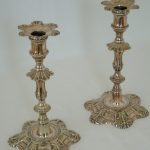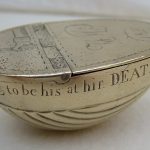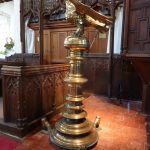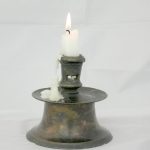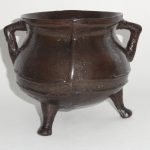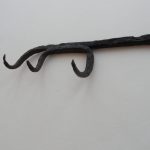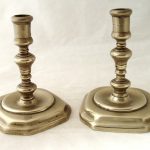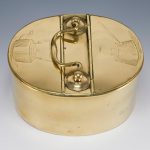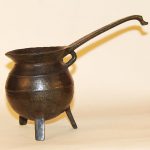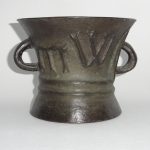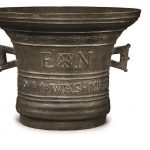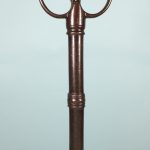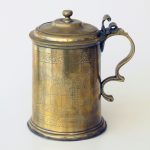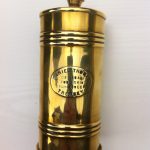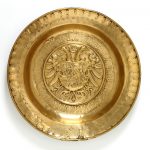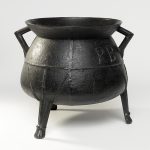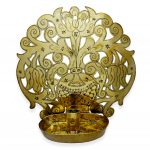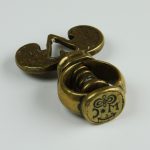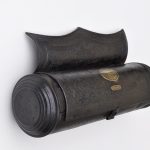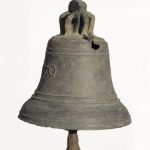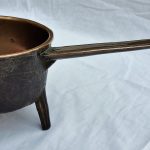Wrought Iron Screen
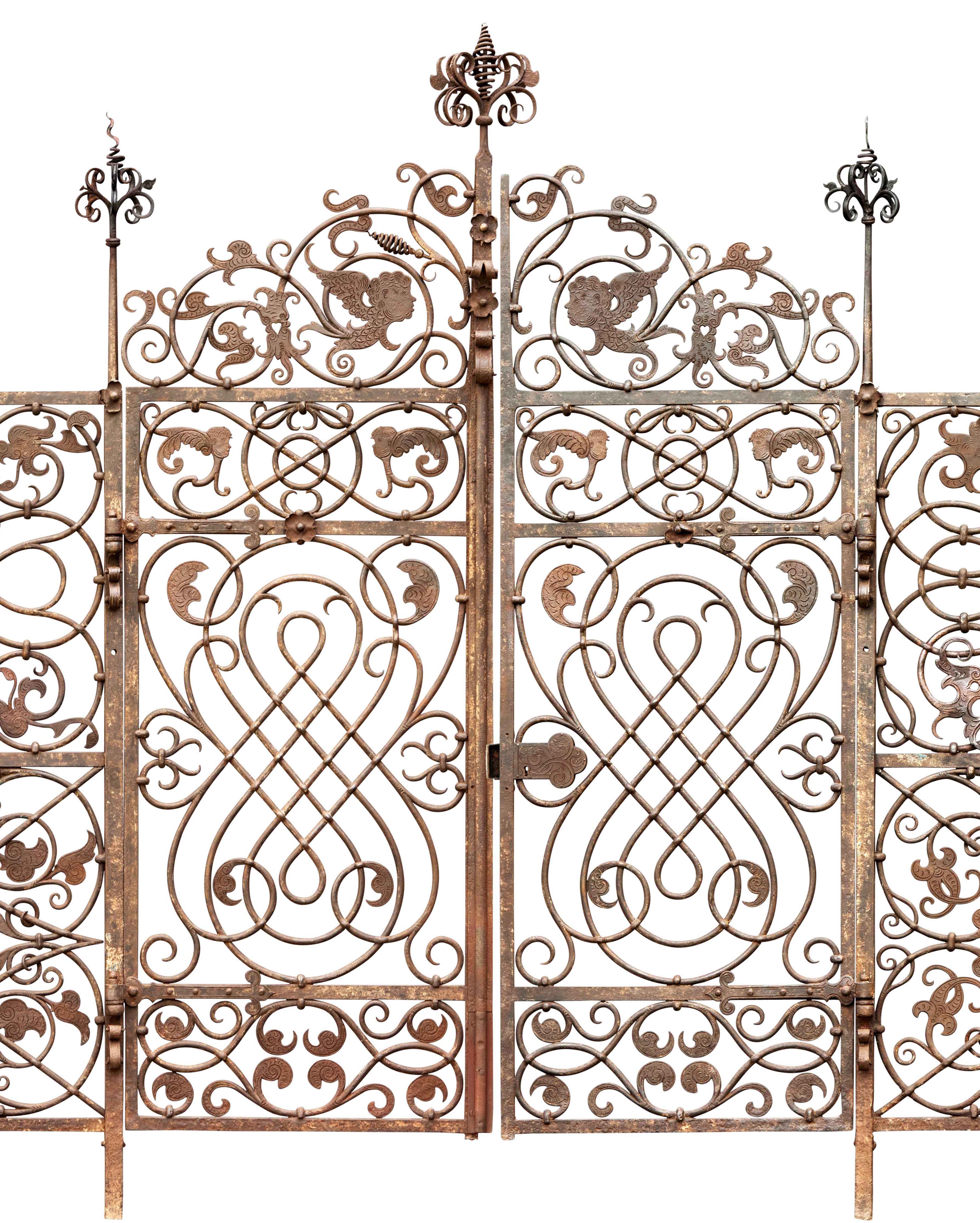
This wrought iron screen was brought to England from Nuremberg in the late 19th century by the Reverend William Herbert Seddon; he had purchased it from a local antique dealer, J. Christian Wohlbold, who also supplied a number of pieces to the Germanisches Nationalmuseum (Germanic National Museum) in Nuremberg. In 1890 Mr Seddon donated the screen to St Mary’s Church, Painswick, Gloucester, where it remained in use as the chancel screen until the 1940s, when repairs to the church necessitated its removal.
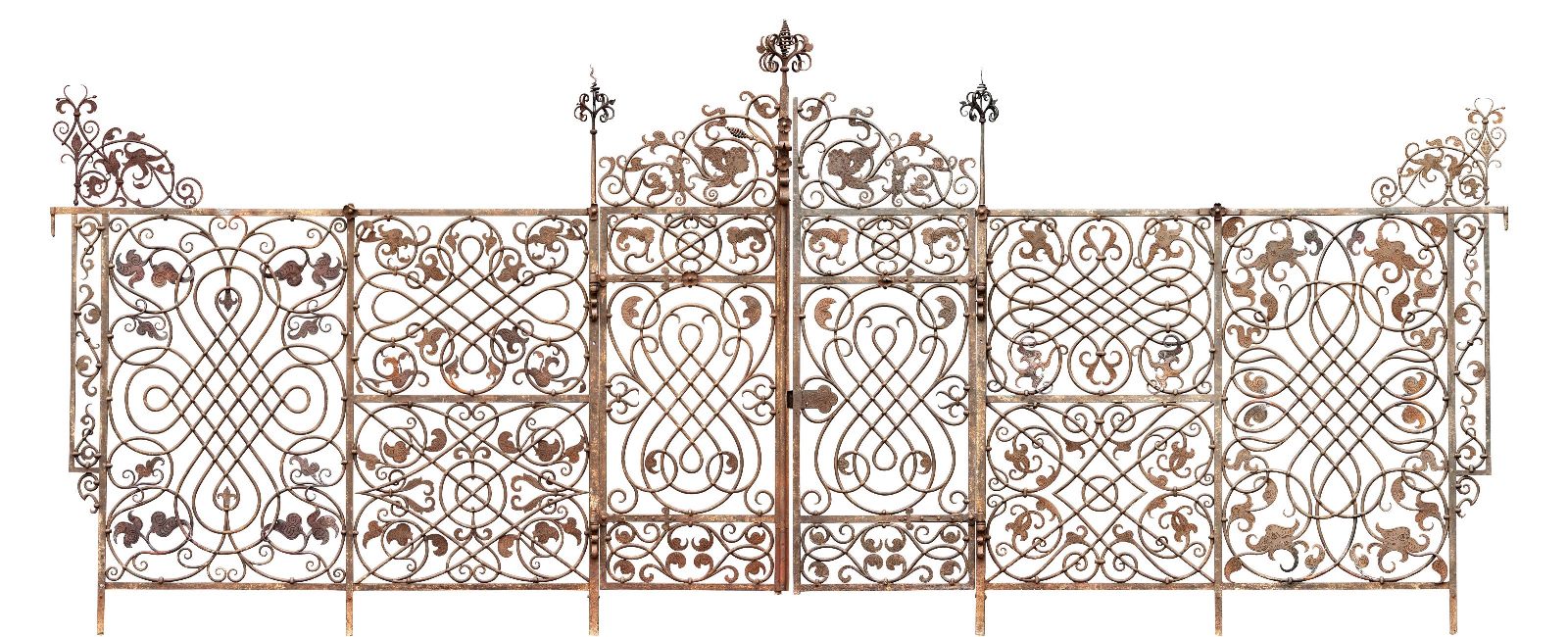
The six panels are filled by a series of intricate and interlaced geometrical patterns, combined with incised leafy fronds and foliage. The two central panels are surmounted by an elaborate crest of scrolling leafy tendrils and stylised winged cherubs flanked by foliated and spiral pinnacles. This elaborate cresting originally extended across the flanking side panels, as can be seen in a photograph taken of the screen in situ in 1910.
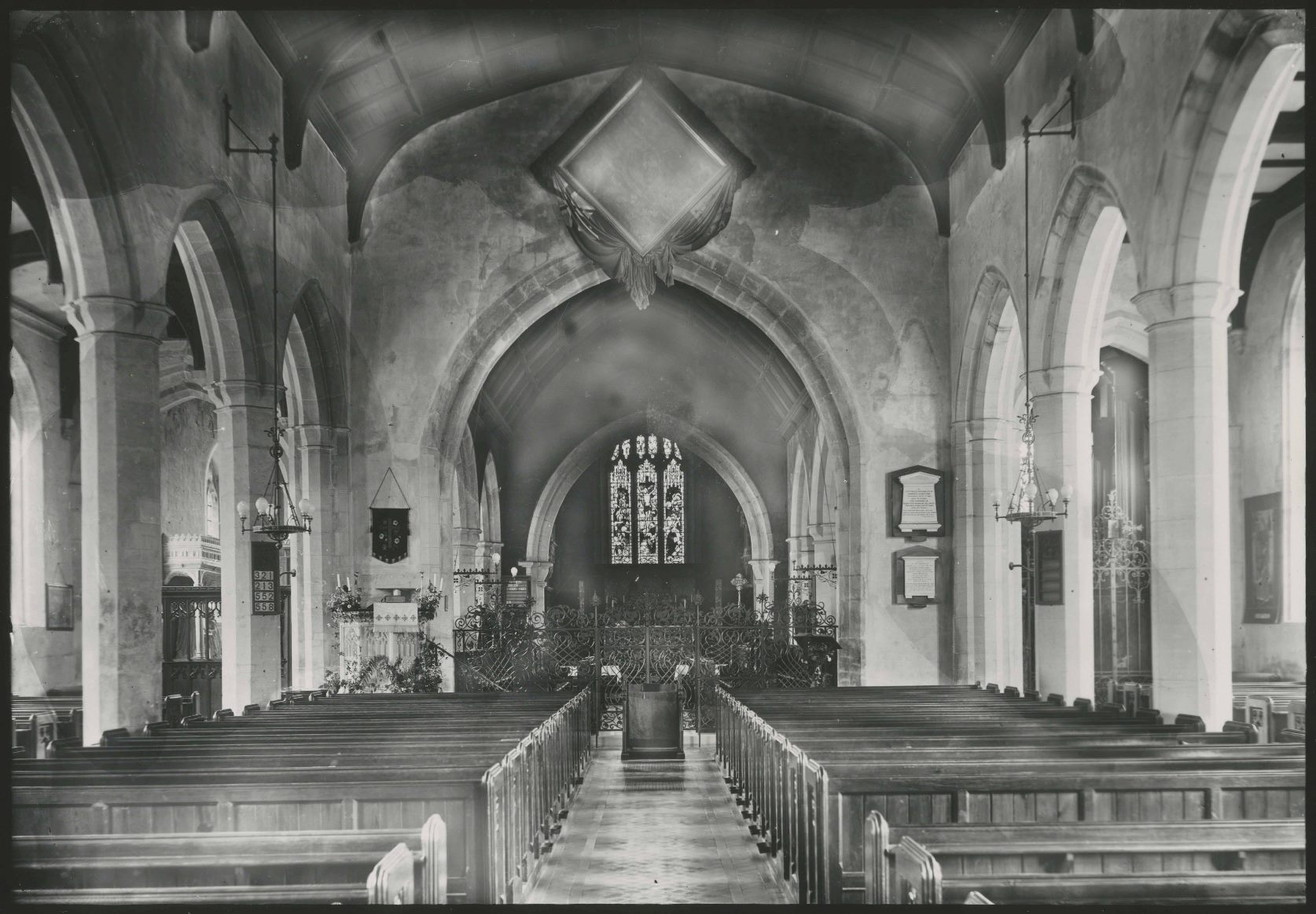
Similar examples of this kind of decorative wrought ironwork can be found in the Germanisches Nationalmuseum, but the closest parallel is a pair of wrought iron gates dated 1649 in front of one of the portals on the south side of St Lorenz Church, Nuremberg.
A rare survival outside Nuremberg, this magnificent screen demonstrates, despite losses and minor restorations, the skill of the blacksmith at the highest level.
References:
- Francis A Hyett, Glimpses of the History of Painswick, 1928; pp 40-41
- Adalbert Roeper & Hans Boseh, Geschmiedete Gitter XVI-XVIII Jahrhunderts aus Süddentschland, 1895 p. 17

